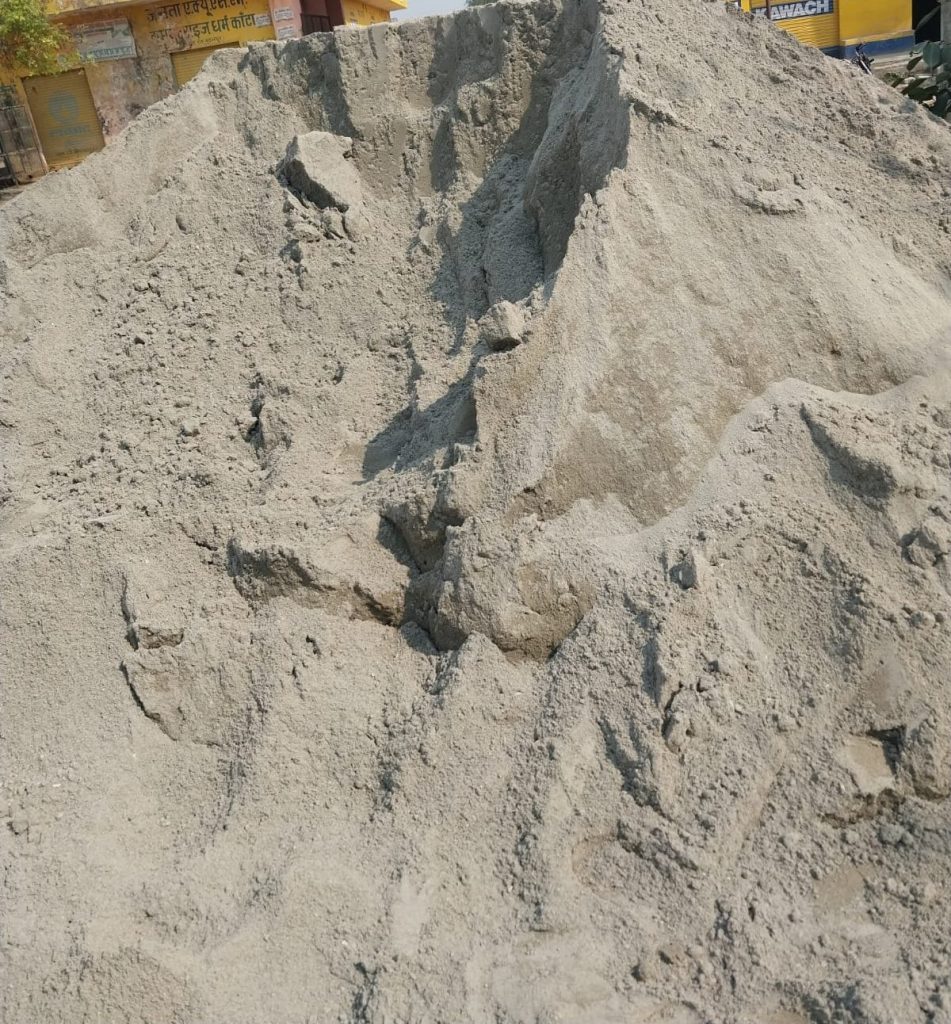The durability of a building is crucial in the development of green buildings. It aids in maintaining the purpose of a building for a prolonged period. Insufficient durability can result in substantial repair and reconstruction costs, as well as environmental impact.
Durability also helps reduce costs on maintenance through reducing the unplanned downtime. This is especially important with regard to large equipment like cranes.
Very Important
The capability of construction materials and buildings to stand up against degradation and decay is one of the most critical factors in building performance. Durability is influenced by a number of factors including the type of material used as well as quality control, construction as well as maintenance.
Steel and concrete, for example, are durable materials and can stand up to the natural ageing of their constituents with long periods of time. Materials used in building can be reused, which helps ensure its sustainability.
Most of the time, durability goes together with low maintenance. A concrete structure requires little maintenance throughout its life span compared to wooden structures that might require frequent repainting. It is crucial to think about the life span of structures as they could reduce annual impact on the environment.

Factors Influencing Material Longevity
A variety of factors impact the lifespan of building materials. In the absence of precise specifications, it is difficult to gauge the longevity of a construction. However, buildings made of durable materials can last for 30 or more years before major repair work becomes required.
Construction practices and the quality of materials used in building determine the longevity of the building. Concrete can be a durable substance if it’s properly laid, dried and shaped. Furthermore, security measures like cathodic impressed current protection are able to prolong the life of reinforced concrete as well as steel components.
Durability usually goes hand-in-hand with low maintenance. Durability is often correlated with low maintenance. In the case of siding that requires regular painting will be less durable than windows made from fiberglass pultruded that requires little or no care to work.
Strategies to Increase the Durability of Materials
Whether constructing a high-rise skyscraper or making a piece furniture, construction materials that are durable can be used for a long time. In order to maximize the durability of your product the right planning and execution is essential. Strategies for durability include:
Incorporating durable design elements in products right from the beginning. The modular design offers replacement of parts and for repair. This increases the longevity of the product as well as reduces the wasted materials gia da hoc.
conducting lab tests to simulate life-like aging in order to find challenges and test solutions. Information for consumers about durability to promote more green consumption.
Lower operational expenses by reducing the frequency of maintenance and return. Through investing in projects that are durable business can minimize inefficiency, improve inventory management and allocate resources back to core activities. Long-lasting projects cut down on recurring costs and increase ROI. It helps companies achieve their financial objectives and maintain long-term business success.
Environmental Impact of Construction Materials
The construction industry requires numerous resources and generates a large amount of waste. Chemicals used in construction and the Diesel employed by diggers and trucks, as well the building products themselves have a huge influence on the ecosystem.
In spreading the initial impacts of buildings over an extended period, robust buildings reduce the environmental impact. They also need less care as they can lessen the need for new products and power sources.
The building materials with low impact are all natural and are available on site or close nearby, such as wood, clay, straw, rammed earth and cob. They’re typically cheaper to use and don’t need factories to make them, or long distances of transportation in order to get them to your site. Recycling them also reduces the negative impact they cause on the environment.
Construction Materials Maintenance: Best Techniques
Maintenance of construction equipment is essential to ensure safety and effective performance. This involves lubrication in order to decrease wear and friction as well as setting load capacity indicators in order to ensure that overloading does not result in accidents and costly injuries.
Practices for maintenance have a major effect on the lifespan of equipment and also the profit of reselling. Maintenance-free machinery is more efficient and lasts longer, which decreases the time to complete projects and increases costs.
Mechanically-induced breakdowns are the most common cause of failures of heavy equipment, but it can be prevented through regular and preventive maintenance checks. The most direct costs are caused by costs of mechanics’ charges in addition to equipment downtime as well as lost efficiency.